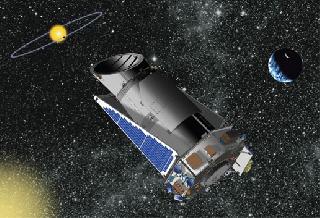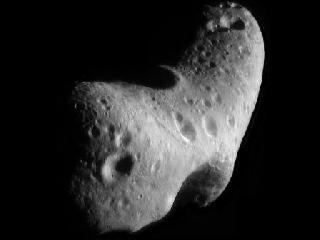
NASA's Kepler Telescope
LONDON (PTI): Astronomers have discovered what they claim is a "hidden planet" outside our solar system, using a 150-year-old technique used to find Neptune.
A team at Southwest Research Institute says that though the Saturn-sized planet around star KOI-872-0 is invisible, it must be there because of tiny effects which could only be caused by its gravity, the 'Daily Mail' reported.
More than 150 years ago French mathematician Urbain Le Verrier had predicted Neptune's existence based on the small deviations in the motion of Uranus.
Dr David Nesvorny, who led the team which utilised the same "gravitational perturbation theory" using NASA's Kepler telescope, said: "Today's telescopes are detecting planets around distant stars, and NASA's Kepler Telescope, launched in 2009, is a champion among them."
The telescope works by monitoring the brightness of 150,000 stars, which appear slightly dimmer when a planet passes, or transits, in front fo them. Such a transit should adhere to strict unchanging laws and "Keplerian orbit" around the star, unless its gravity is effected by an unknown object.
Dr Nesvorny said: "It quickly became apparent to us that a large hidden object must be pulling on the transiting planet. A hidden planet has been discovered outside the solar system for the first time by the scientists who detected its gravitational pull using a 150-year-old technique."
In fact, the team was studying the Sun-like star -- as KOI-872-0 -- and noted that it showed transits with remarkable time variations over two hours.
Team member Dr David Kipping added: "For a planet following a strictly Keplerian orbit around its host star, the spacing, timing and other properties of the observed transit light curve should be unchanging in time.
"Several effects, however, can produce deviations from the Keplerian case so that the spacing of the transits is not strictly periodic."
The findings have been published in the 'Science' journal.
 Previous Article
Previous Article Next Article
Next Article













The Indian Air Force, in its flight trials evaluation report submitted before the Defence Ministry l..
view articleAn insight into the Medium Multi-Role Combat Aircraft competition...
view articleSky enthusiasts can now spot the International Space Station (ISS) commanded by Indian-American astr..
view article